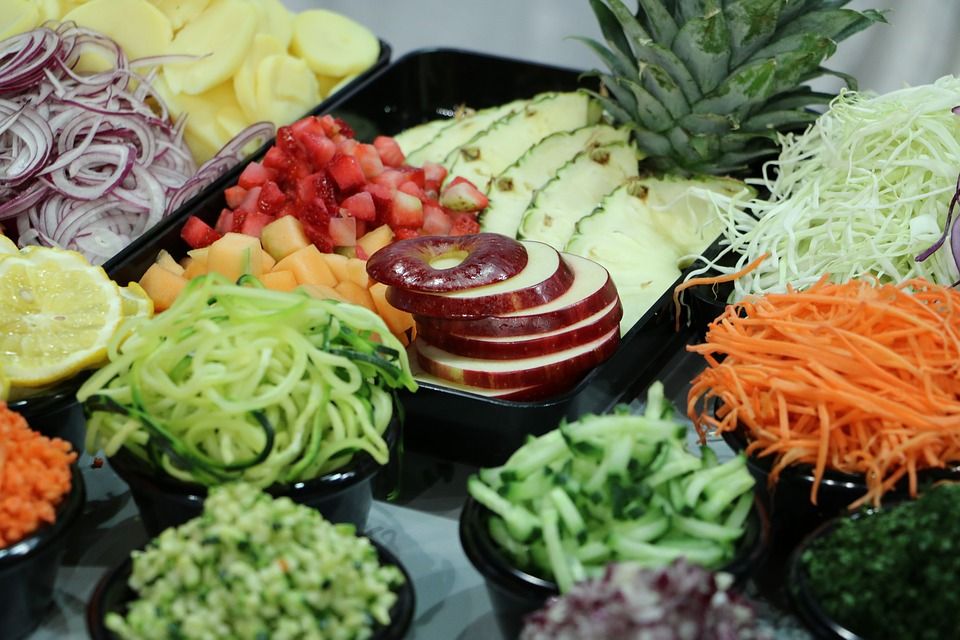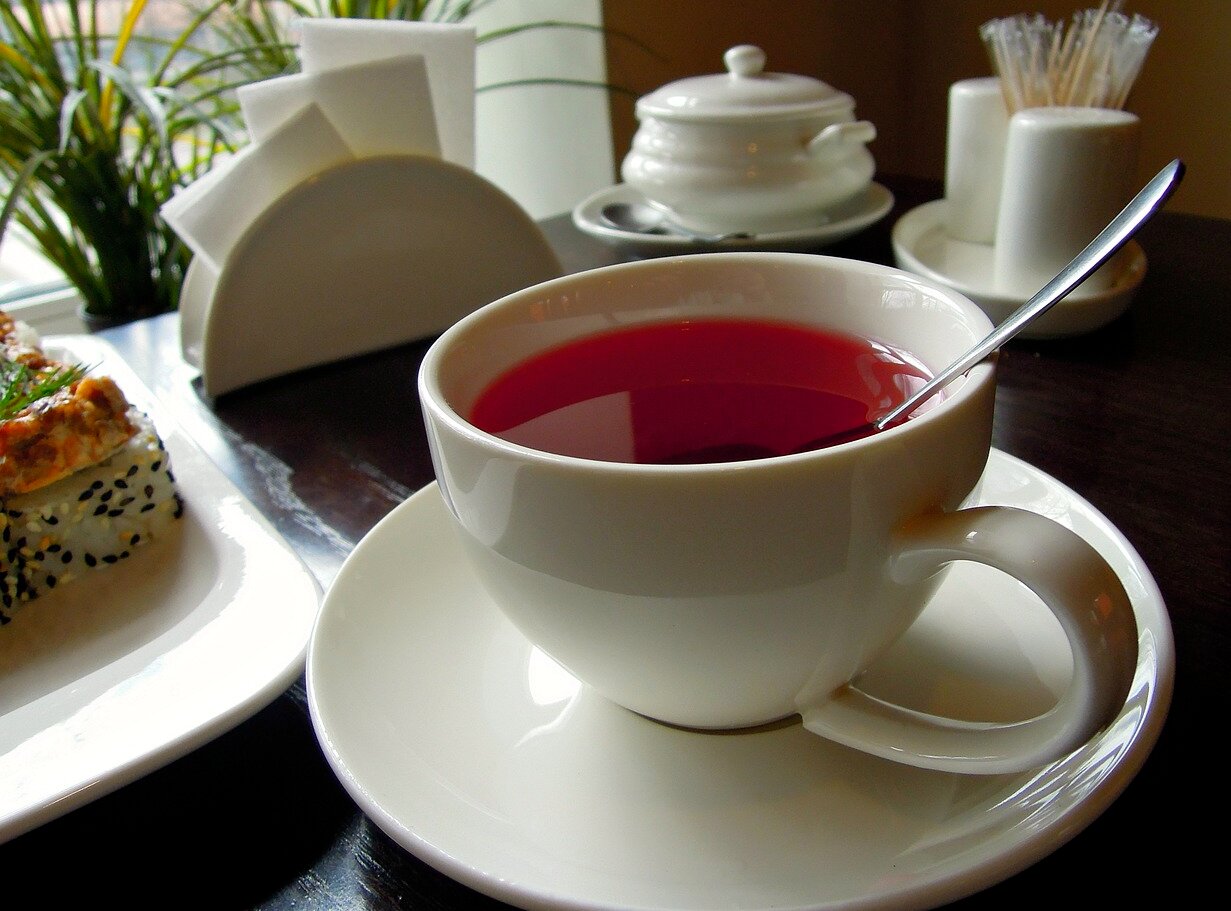Ranking of the best milk producers for 2022
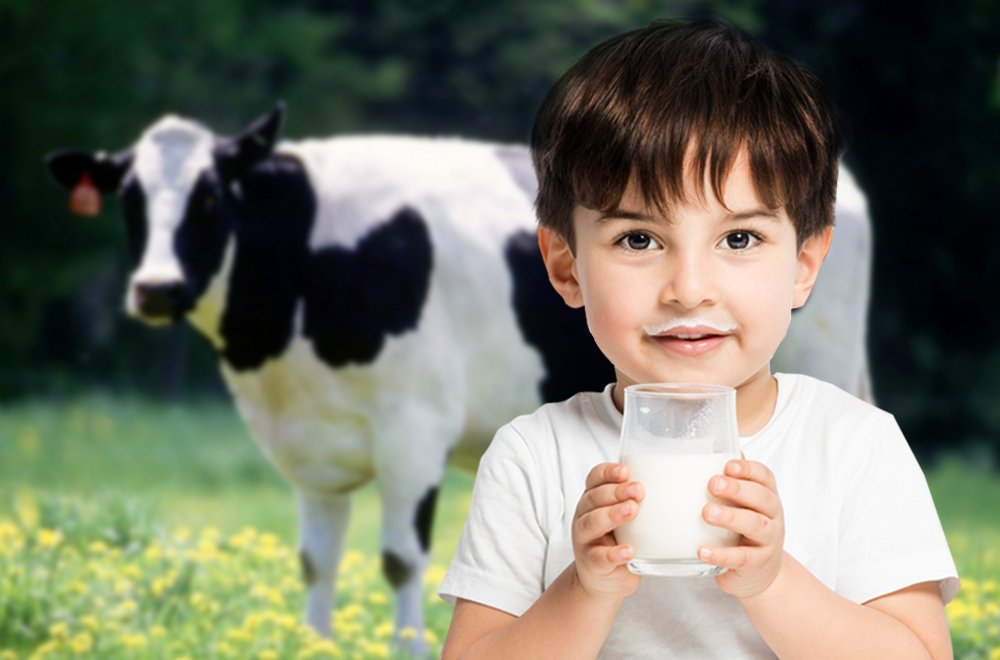
Recently, there has been a lot of controversy about the consumption and benefits of cow's milk. How to choose tasty and safe, what to look for when buying, in the article we will talk about the best milk producers.
Content
Composition, properties and types
It is an indisputable fact that cow's milk is a rich source of protein, amino acids and calcium, which are invaluable in the development of bones and muscles.
One of the controversial ingredients in it is casein - the main ingredient that creates milk proteins, and their human body cannot digest 100%. But its intolerance is individual, and milk is a favorite product for both adults and children.
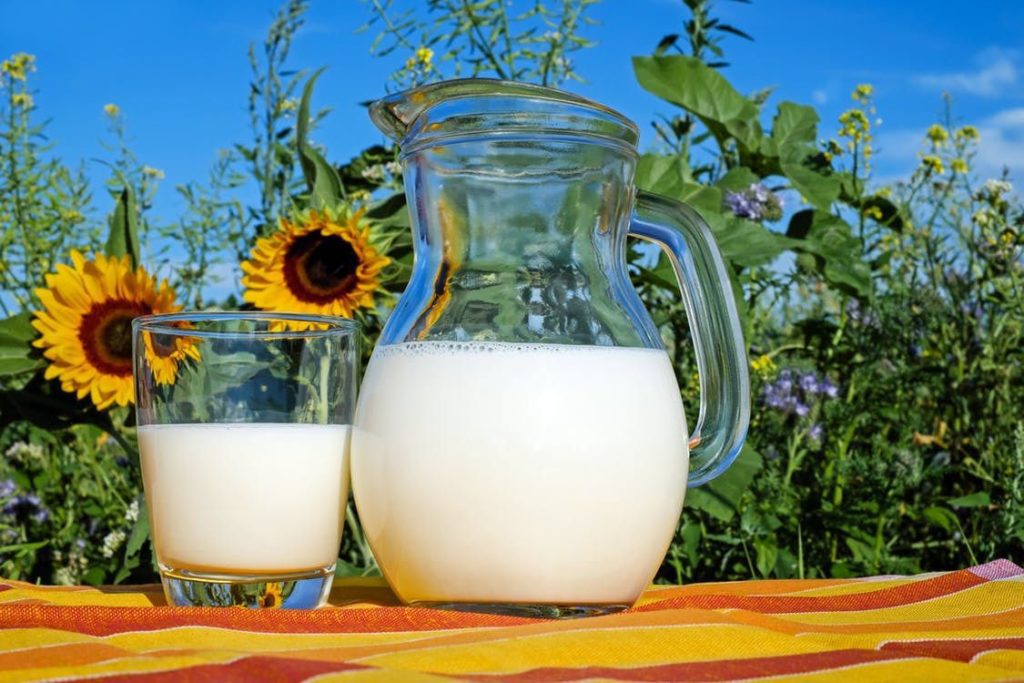
In many cultures, it is the basis of nutrition, especially for children. However, recently its properties and usefulness have caused a lot of controversy. There are opinions that it should not be consumed by adults, including because of its high fat content.
On the other hand, it is a source of protein, which is important for bones.
Foods high in calcium are known to be best for growing children and older adults, especially women who are at risk of osteoporosis. But with confidence, we can say that milk and dairy products in the human diet are a good and nutritious element.
Milk, according to the generally accepted term, is divided into:
- standardized;
- pasteurized;
- sterilized.
May be homogenized or non-homogenized.
Depending on the fat content, there are:
- standardized pasteurized milk with a fat content of at least 2%;
- standardized pasteurized with a fat content of at least 3.2%;
- defatted pasteurized.
Pasteurization is the main stage in milk production. The process aims to preserve the quality of the product while increasing the level of sterilization to the highest possible limits.
At present, dairies usually only use short-term (intensive or flash) pasteurization.Immediately after pasteurization, the milk is cooled to a temperature in the range from 0 to about 4 ° C. After that, the finished milk drink is poured into cans, bottles or other special packaging.
Appropriate labels must be on the packaging. Disposable packaging (non-returnable) - polyethylene is a modern packaging unit for consumption. This type of packaging should be distributed for hygienic and practical reasons. Milk for consumption should be stored at the point of sale - in containers that protect the product from contamination and temperatures above 15 ° C, as well as in cans, bottles and disposable packaging, protected from direct sunlight and pollution.
The conditions for transporting milk are the same as for raw milk and other non-durable products.
It is important that manufacturers comply with all the above conditions, since this product should be beneficial and in no case harm the human body.
Advantages
Contains natural proteins, fats, calcium and vitamin D, is an important component of the diet of infants, pregnant women and the elderly.
A good variation is the presence of cow lactose free milk, thanks to which people with lactose allergy can consume it without any problems.
Available at any grocery store, 240 ml of whole milk provides the body with:
- calories - 149;
- proteins - 8 g;
- carbohydrates - 12 g;
- fats - 8 g;
- vitamin D - 24%;
- calcium - 28%;
- riboflavin - 26%;
- phosphorus - 22%;
- vitamin B12 - 18%;
- selenium - 13%;
- potassium - 10%.
The advantages mentioned above apply only to a pure product, to which no other substances have been added, including preservatives, stabilizers.
Recently, dairy products have appeared on the market in which natural milk fat is replaced by vegetable fat. Therefore, when buying, it is important to pay attention to the information on the label.
Flaws
- is high in calories, therefore not suitable for people with heart problems, high cholesterol and on a diet;
- cow's milk protein is a common allergen;
- Cow's milk allergy occurs in 2-3% of children under the age of three and can cause a range of symptoms including rash, vomiting, diarrhea and severe anaphylaxis;
- Lactose intolerance: An estimated 75% of the world's population is intolerant of lactose, the sugar found in milk.
- dietary restrictions, people exclude animal products from their diet for ethical or health reasons.
- Potential Health Risks: Some people choose to avoid cow's milk due to concerns about possible contamination of these products with antibiotics, pesticides, and hormones.
Whether it's allergies, a vegan diet, health concerns, many people are ditching traditional milk.
Tara matters
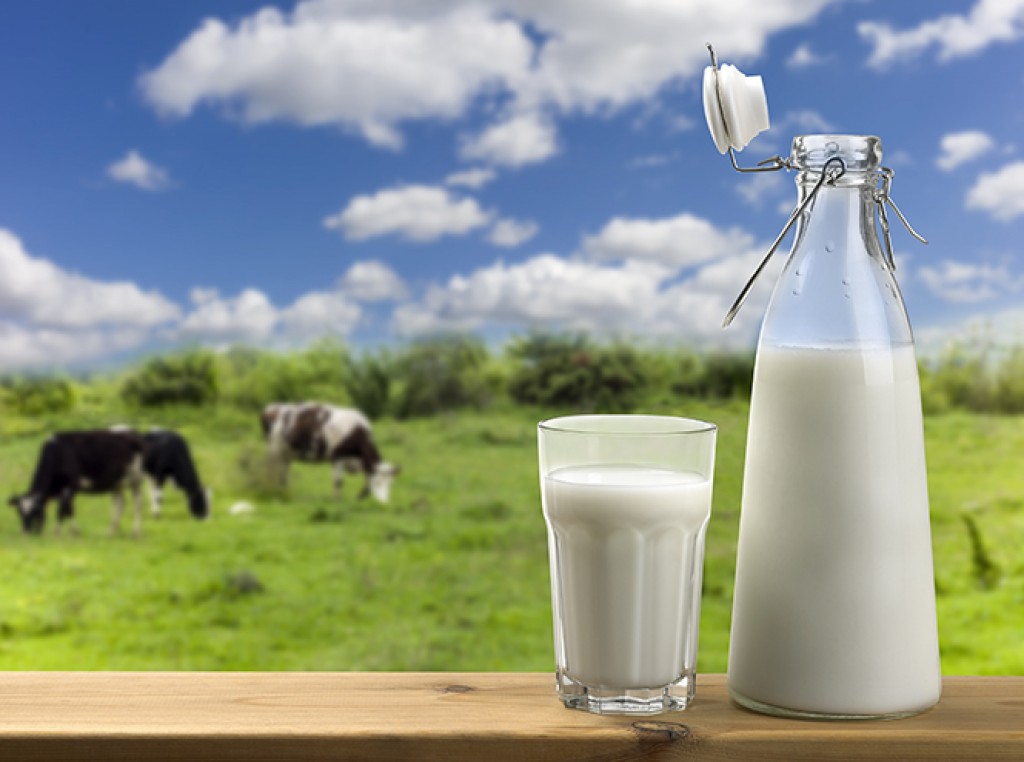
The answer to the question: what kind of milk to buy, in a box, bottle or polyethylene, depends on how quickly a person consumes it after opening the package.
Consider the benefits of carton packaging
First of all, the three-layer structure of the box protects from oxygen, light and microorganisms, thanks to which all taste and nutritional values of the product are preserved.
Cardboard boxes compared to glass bottles - do not break, they are lighter and more hygienic than PET bottles.
Small packages are easier to transport and store (for example, in a small refrigerator), and the ability to store some foods in cardboard packaging outside the refrigerator is a big plus. This is the result of the technological process and the complete isolation of the product from the external environment (for example, UHT or pasteurized milk).
Research shows that the ability to easily open and close a product is also important to consumers.
Cardboard packaging has lids that make it easier to pour liquid from it, for example, into a glass. An extremely important advantage of such packaging is environmental friendliness. And, above all, they are cheaper than glass or PET bottles.
Pasteurization and sterilization
First a little history...
Pasteurization was started in the nineteenth century by the French chemist Ludwik Pasteur. He conducted experiments on the effect of high temperature in terms of product fixation. In other words, pasteurization is the heat treatment of milk to prevent acidification and kill microbes.
It is heated to 100 degrees for about 1 minute or heated to 70-85 degrees for 30 minutes.
Pasteurized milk is not as stable as UHT - it has a shelf life of only a few days.
Interestingly, not only dairy products are pasteurized, but also beer, wine, meat, sausages and other products.
Keep refrigerated and drink pasteurized milk within a maximum of 2 days after opening.
Pasteurized milk is less stable and contains fewer vitamins. However, it retains the natural protein structure, so it is suitable for making cheese, yogurt or curd milk at home.
UHT milk in carton packs is marked with the abbreviation "UHT". It also heats up, but to a much higher temperature - 120-135 degrees. Heating takes a few seconds, and after it is immediately cooled. This procedure kills all bacteria, without exception, both harmful to humans and beneficial.
Why is it pasteurized?
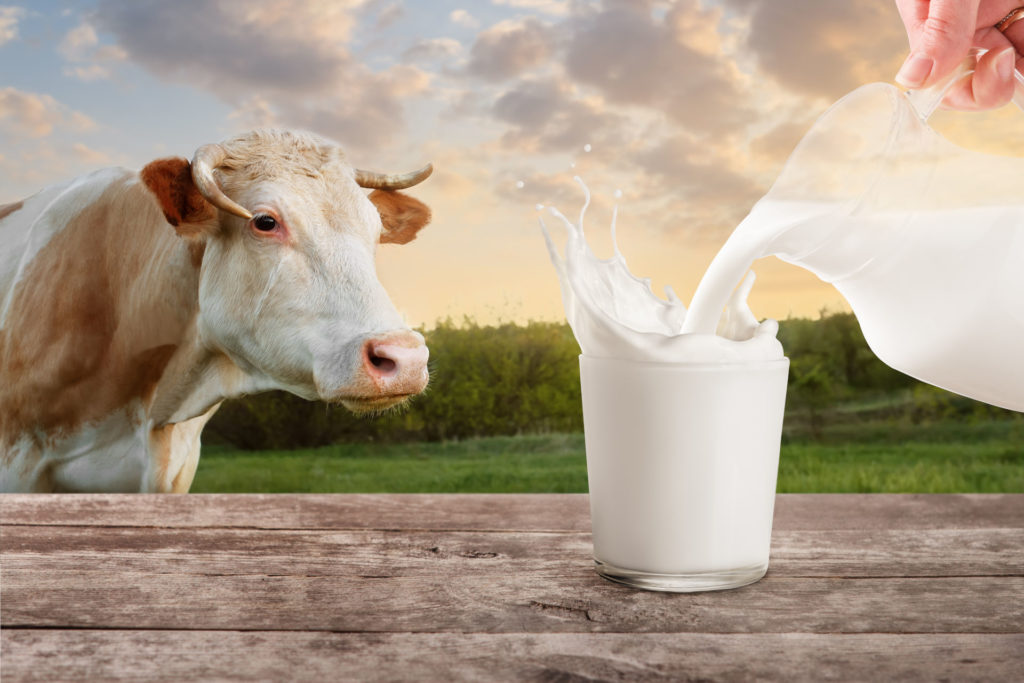
Raw milk from a cow, goat or sheep is rich in all kinds of microorganisms. Contains friendly, used in the process of cheese production and harmless to health, such as lactic acid bacteria. Unfortunately, it can also contain harmful and pathogenic agents such as salmonella or E. coli. It is because of the presence of harmful microorganisms and bacteria that milk undergoes various types of heat treatment.
Heat treatment has another important effect. This significantly extends the shelf life by reducing the number of microorganisms and enzymes that affect its quality. Shelf life is of great importance for both manufacturers and consumers.
Pros and cons of pasteurization
Pasteurization destroys the delicate taste and smell of milk, it is more versatile in taste. Pasteurization robs milk of a small amount of calcium, for example, if you want to make cheese - calcium chloride is often added to pasteurized milk. Sometimes lipase is also added to make the milk taste more pronounced.
The advantage of pasteurization is that it is much safer to store the product.
Who should stop drinking milk
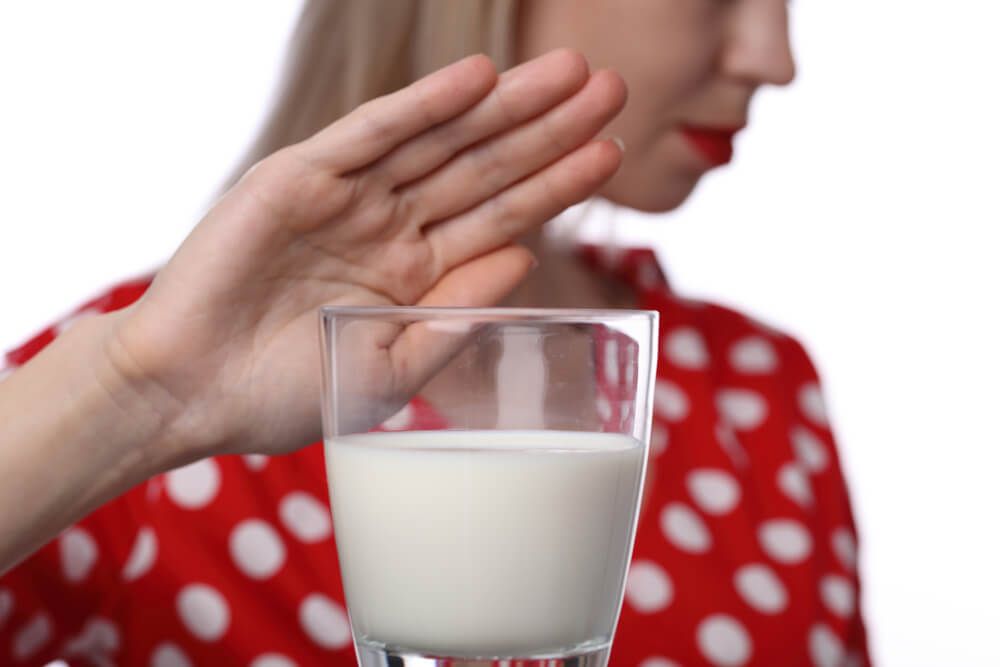
It is not intended for infants and young children due to the composition and high mineral content, which can overload the digestive system. It should not be given to children under 12 months of age, and it is better to introduce it gradually later.
Dairy products should be excluded from the diet of people who are allergic to milk proteins (this problem affects 5% of the child population and about 3% of the adult population). It is also undesirable for people suffering from lactose intolerance (this is a primary or secondary violation of the ability to produce an enzyme that hydrolyzes milk sugar into simple sugars).
When choosing dairy products on store shelves, first of all, you need to pay attention to the label, expiration date and manufacturer of the product.
The choice of dairy products is a topical issue. Often milk is bought for the consumption of the product by young children, and its quality, freshness and storage conditions must be at a high level.
So, when choosing among milk producers, you should pay attention to:
- work experience reputation of the company;
- pricing policy;
- compound;
- results of independent examinations.
Of course, the opinions of customers who have already appreciated the taste, color and smell of the selected product have a significant role in the choice.
Rating of the best milk producers
pasteurized
Prostokvashino
This brand of product is produced by the manufacturer from the Republic of Belarus "Danone". According to the conclusions of a number of examinations and the results of research, there are no preservatives in the milk of this manufacturer, there are no fats and antibiotics.

The product has a pleasant, natural taste inherent in natural, milk of a homogeneous consistency.
Volume - 930 ml.
Price - 76 rubles.
The container is a plastic bottle.
- convenient packaging;
- high-quality plastic containers;
- convenient to take on the road;
- fat content 3.4%;
- organoleptic parameters are normal;
- complies with GOST standards;
- lack of GMOs, starch, preservatives;
- according to GOST standards;
- homogeneity;
- taste and aroma;
- natural color;
- often a promotional price.
- no.
Vitsebsk Malako "Tasty"
Pasteurized, normalized in a dense polyethylene package, it has an excellent taste and a short shelf life.

Volume - 1 l.
Price - 55 rubles.
The container is a plastic bag.
- excellent taste;
- natural color and aroma;
- affordable price;
- safe;
- fat content 3.2%;
- consistency;
- does not contain preservatives;
- natural souring process.
- awkward packaging.
Asenievskaya farm
Pasteurized milk, with a fat content of 2.5%, has a natural taste, aroma and texture.
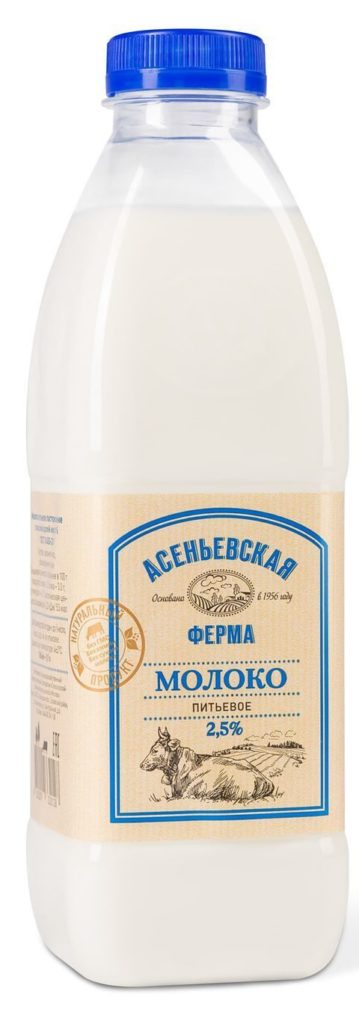
Volume - 900 ml.
Price - 96 rubles.
Container - a bottle made of thick plastic.
- convenient form of container;
- does not contain vegetable fats, preservatives and antibiotics;
- organoleptic parameters are normal;
- complies with GOST standards.
- a little empty taste.
Vologda summer
The product is pasteurized, which meets the safety requirements. It has a natural taste, the color is white with a slight creamy tint.
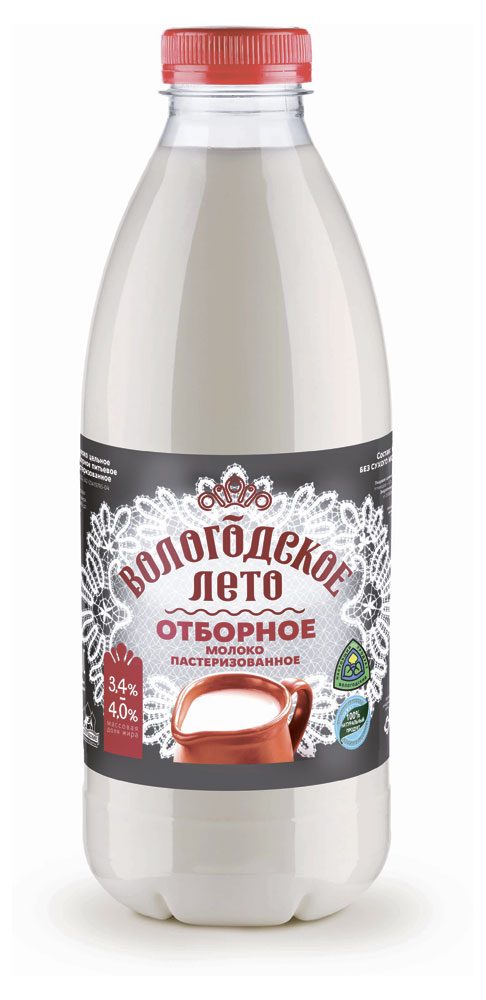
Volume - 930 ml.
Price - 82 rubles.
Container - PET bottle.
- affordable price;
- low concentration of lactulose;
- lack of vegetable fats;
- fat content 2.5%;
- compliance with safety requirements.
- the amount of calcium and phosphorus in the composition is uncharacteristic of natural dairy products.
Milk of our milking
Milk of this brand meets safety requirements, has a white color with a slightly creamy tint.

Volume - 930 ml.
Price - 86 rubles.
Container - PET bottle.
- convenient packaging;
- has good organoleptic properties;
- contains no vegetable fats;
- safe and useful;
- good consistency:
- natural taste and smell.
- low SOMO content;
- the amount of calcium and phosphorus in the composition is uncharacteristic of natural dairy products.
House in the village
Complies with safety requirements and requirements of GOST, processing method - pasteurization, ideal in terms of physical and chemical indicators.
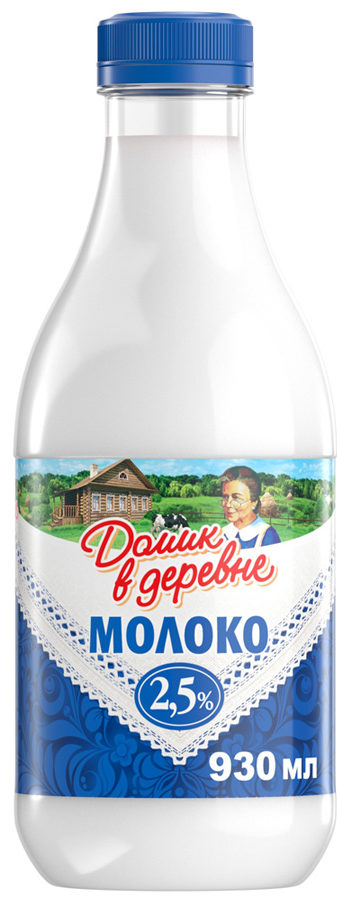
Volume -930 l.
Price - 87 rubles.
The container is a PET bottle.
- quality;
- balanced taste, aroma and texture;
- absence of foreign tastes;
- like children;
- lack of vegetable fats;
- high calcium content.
- no.
Vkusnoteevo
Produced by PJSC Dairy Plant "Voronezh" and according to the verified physical, chemical and microbiological indicators, it fully complies with safety requirements. The composition does not contain antibiotics, preservatives and fats of vegetable origin. The marking on the packaging is fully consistent with the content.
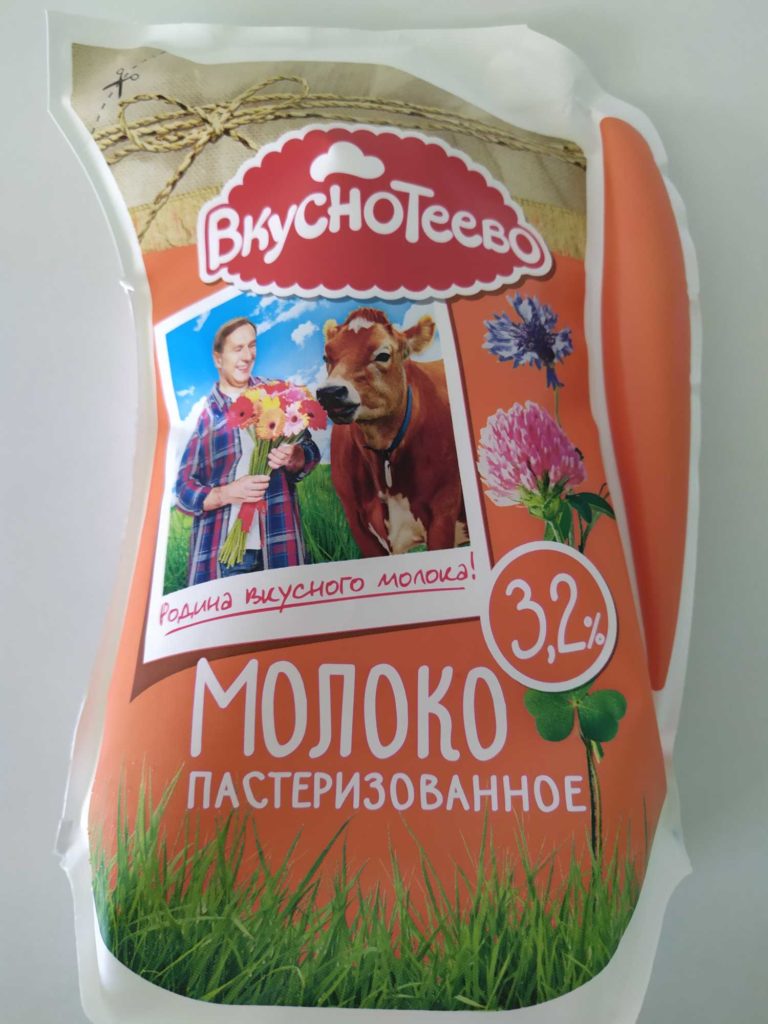
Volume - 1.4 liters.
Price - 99 rubles.
The container is a dense polyethylene.
- interesting packaging design;
- taste and aroma;
- safe;
- not a long shelf life;
- good organoleptic characteristics;
- absence of foreign taste and smell.
- a bit pricey.
UHT
Green Line / Market Perekrestok
This line complies with safety requirements according to verified indicators, does not contain preservatives and antibiotics, the fat content is 3.2%, and does not have a long shelf life.
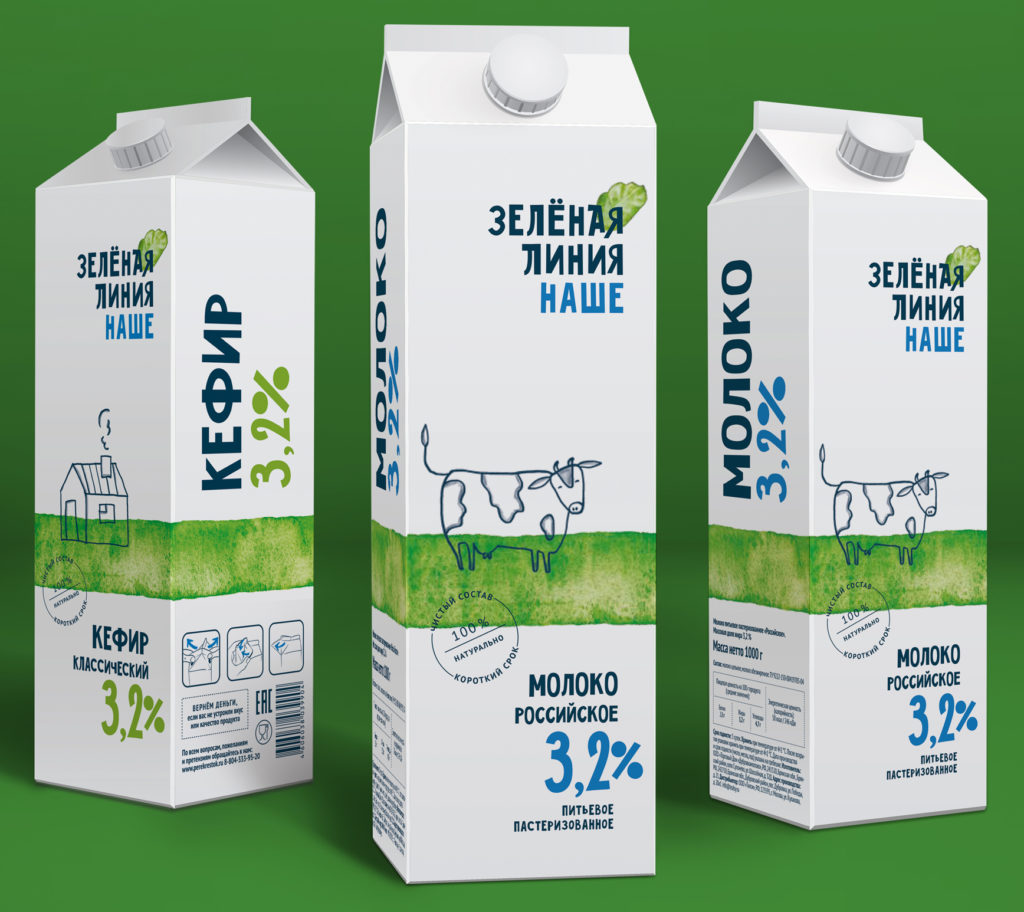
Volume - 1 liter.
Price - 92 rubles.
Container - cardboard packaging.
- taste close to natural;
- texture, aroma and color;
- affordable price;
- convenient container;
- not a long shelf life;
- contains no vegetable fats;
- lack of dry milk;
- excellent organoleptic properties;
- high calcium content.
- there is a slight fodder taste.
red price
An ultra-pasteurized milk drink, which is made in accordance with all GOST standards, is safe to drink, contains no preservatives and antibiotics, as well as vegetable fats and milk powder.
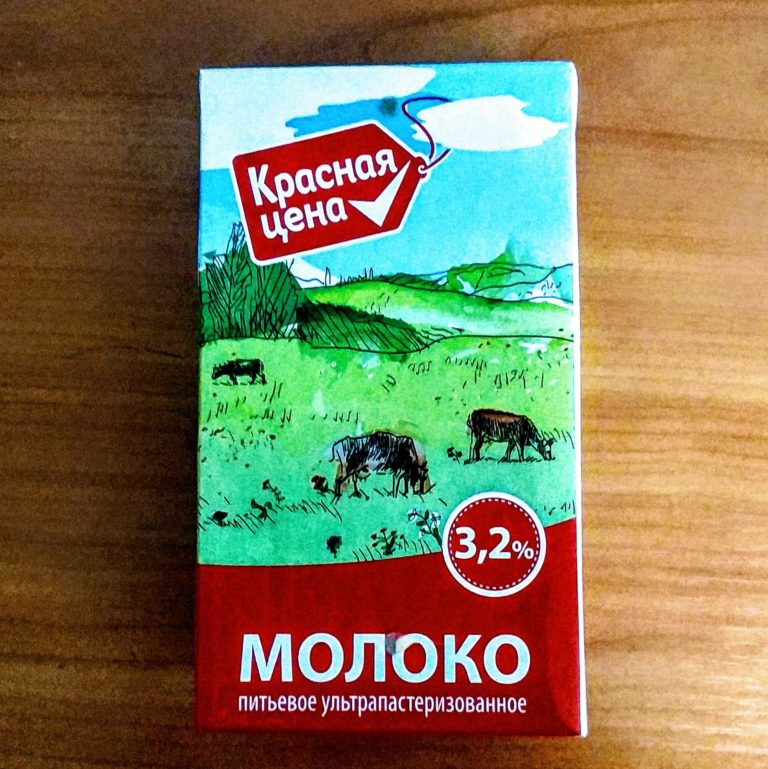
Volume - 970 ml.
Price - 92 rubles.
The container is a cardboard box.
- has good organoleptic properties;
- proportion of fat - 3.2%
- good taste qualities;
- natural color and aroma;
- normal consistency;
- adequate price.
- according to customer reviews, when sour, it acquires bitterness;
- according to research, there is a high probability of using phosphates added as a stabilizer that are not listed in the composition on the package.
Prostokvashino
High quality ultra-pasteurized product, produced by JLLC "Danone", bright cardboard packaging with tasty content inside. Complies with safety requirements for microbiological and physico-chemical indicators and the requirements of GOST, does not contain preservatives and antibiotics.

Volume - 950 ml.
Price - 89 rubles.
Container - cardboard packaging.
- bright packaging design;
- delicious;
- affordable price;
- quality product;
- the composition does not contain vegetable fats and milk powder;
- natural aroma and color;
- long shelf life.
- no.
Conclusion

Perhaps it is milk that is familiar to us from early childhood, but, unfortunately, today it is not always possible to enjoy a delicious, aromatic drink. Unscrupulous manufacturers change the composition, add preservatives and other not useful components. But, nevertheless, you can buy a quality product, the recommendations and advice in the article will certainly help you make a choice in favor of a quality product and a responsible manufacturer.
new entries
Categories
Useful
Popular Articles
-

Top ranking of the best and cheapest scooters up to 50cc in 2022
Views: 131654 -

Rating of the best soundproofing materials for an apartment in 2022
Views: 127694 -

Rating of cheap analogues of expensive medicines for flu and colds for 2022
Views: 124521 -

The best men's sneakers in 2022
Views: 124037 -

The Best Complex Vitamins in 2022
Views: 121942 -

Top ranking of the best smartwatches 2022 - price-quality ratio
Views: 114981 -

The best paint for gray hair - top rating 2022
Views: 113398 -

Ranking of the best wood paints for interior work in 2022
Views: 110321 -

Rating of the best spinning reels in 2022
Views: 105332 -

Ranking of the best sex dolls for men for 2022
Views: 104370 -

Ranking of the best action cameras from China in 2022
Views: 102218 -

The most effective calcium preparations for adults and children in 2022
Views: 102014
